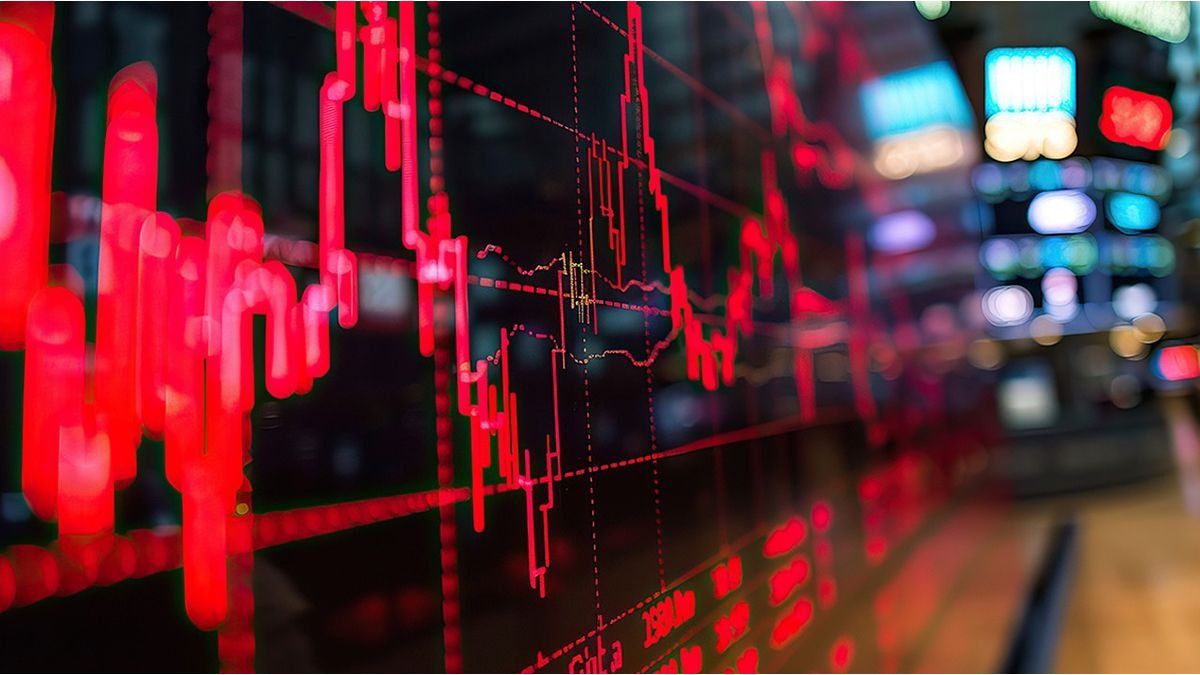Sovereign bonds in dollars are going through a period of high volatility and lateralization. However, there are catalysts that could generate a positive change in its course, such as the agreement with the International Monetary Fund (IMF), the extension of fiscal discipline and of course, the normalization of the exchange market. However, political and economic uncertainty, added to unforeseen risks, such as the $ LIBRA case, keeps investors in suspense.
The country risk above 700 points, although it does not generate alert signals, reflects that Investors receive short -term uncertaintyin rigor in relation to monetary and exchange policy. This situation explains why Argentine bonds are still away from nations with access to the market, such as El Salvador, whose differential reaches 380 basic points.
Possible country risk scenarios
A possible scenario is that the country risk resumes its downward trend and retreated from the current 750 points to a range of between 500 and 600 points. If this is specified, the bonds could register an appreciation of more than 15%. However, for this scenario to materialize, a more stable international context will be key, the concretion of an agreement with the IMF and greater clarity in the electoral panorama.
While there are local factors that affect current volatility, the main pressure on markets comes from a more uncertain global climate. The “Trump effect” is already mentioned in Wall Street, in reference to the uncertainty generated by their commercial policies, especially after the imposition of new import tariffs.
The impact has been reflected in a clear movement towards shelter assets. In recent days, strong purchases of US Treasury bonds were recorded, which made the 10 -year bond rate of 4.60% to 4.25% per year fall in a short period. This phenomenon hit all risk assets, from technological actions to emerging market bonds, including Argentine titles.
Investors now look for signals about the next catalysts of an eventual recovery. The agreement with the IMF remains the main point of attention, although from the economic team they try to calm anxiety and ensure that the outcome will arrive in the first four -month period, although they admit that the deadlines could extend a few more weeks. What still is still defined is the amount of the next disbursement.
Mercades Actions Finance Inversiones Dollar Bags Live Bags bonds.jpg
The outcome will depend on the government’s ability to close an agreement with the IMF and define an exchange strategy that balances stability with the accumulation of reserves.
Depositphotos
In the center of the debate is the exchange regime that the government will implement. At the moment, the differences persist. The Minister of Economy, Luis Caputo, remains firm in his current strategy, based on a scheme that has contributed to stabilize the exchange rate and reduce the gap to less than 15%. However, the IMF insists on the need for greater exchange flexibility, although without explicitly requiring an abrupt devaluation.
The friction point lies in the use of the Central Bank reserves. The multilateral organism fears that currencies are destined to support an artificial exchange parity, as happened on previous occasions. Caputo, on the other hand, defends the continuity of the Blend dollar scheme, which allows exporters to liquidate 20% of their currencies in the financial market. This mechanism has increased the offer of dollars and contributed to containing the rise in the exchange rate, although at the same time it makes the accumulation of reserves by the Central Bank difficult.
What does the City analyze
And as they explain from Delphos Investment Sovereign debt still yields in line with the most risky credits, even when the international environment has evolved better than expected.
In practical terms, investors receive high risk in the Argentine economy, so they demand greater yields to compensate for it. In this scenario, the broker considers that the sovereign curve maintains attractive at these levels, with margin for additional compression towards the minimum risk risk of 560 points, registered prior to the payment of coupons on January 9.
However, the stock market society remarks so that convergence advances to lower levels of country riskit will be necessary that structural drivers be consolidated, such as “an exit of the stock in the framework of a new program with the IMF or a forceful victory in the mid-term elections”, since it warns that until some of these factors materialize, it is difficult for the Argentine debt to reach the valuation of the best B-.
Thus, he points out that since mid -2024, the long stretch of the curve is the best performance, since it surpasses the minor bonds. This trend continued in 2025, with the shortest short section, as it accumulates a 6% YTD drop, while the Global 20235 (GD35) retreated 3.5%.
The curve, which had managed to unintend towards the end of 2024, He shows again negative slopewith a spred of -1 pp between the Global 2035 and 2030. In an optimistic short -term scenario, where the bonds return to recent maximums, those of shorter duration could capture greater relative value, Delphos concludes.
Thus, the perspective on Argentine sovereign bonds It depends on the confidence in the evolution of the country’s economic situation. For those who believe that elections and political context will continue their course without major setbacks, this volatility period could be an entry opportunity.
Source: Ambito
I am a 24-year-old writer and journalist who has been working in the news industry for the past two years. I write primarily about market news, so if you’re looking for insights into what’s going on in the stock market or economic indicators, you’ve come to the right place. I also dabble in writing articles on lifestyle trends and pop culture news.




